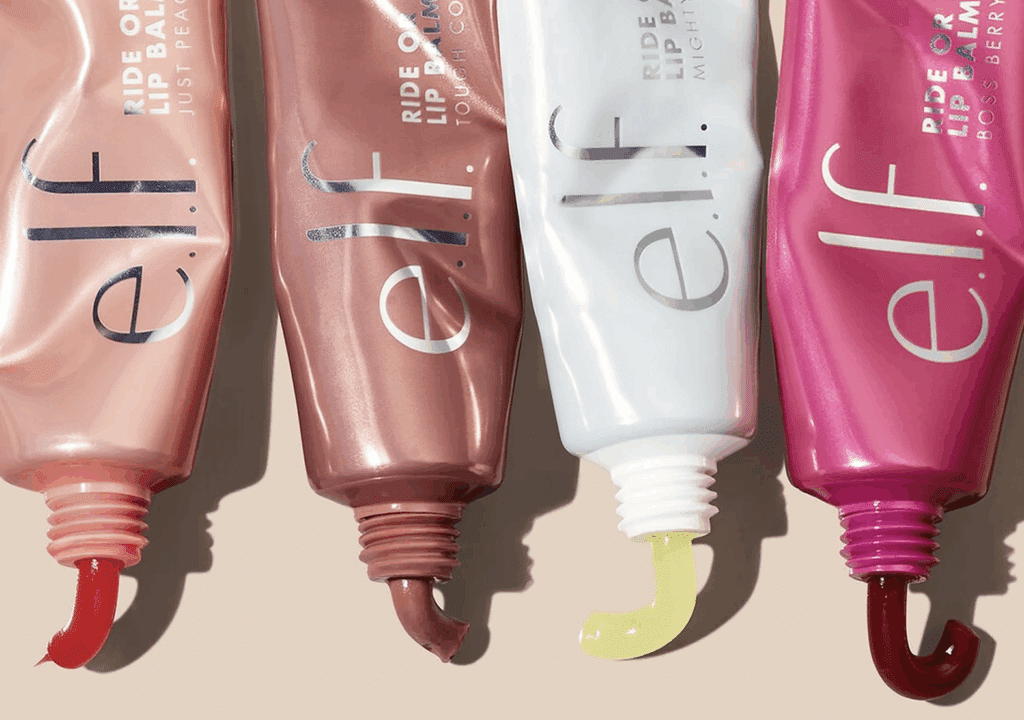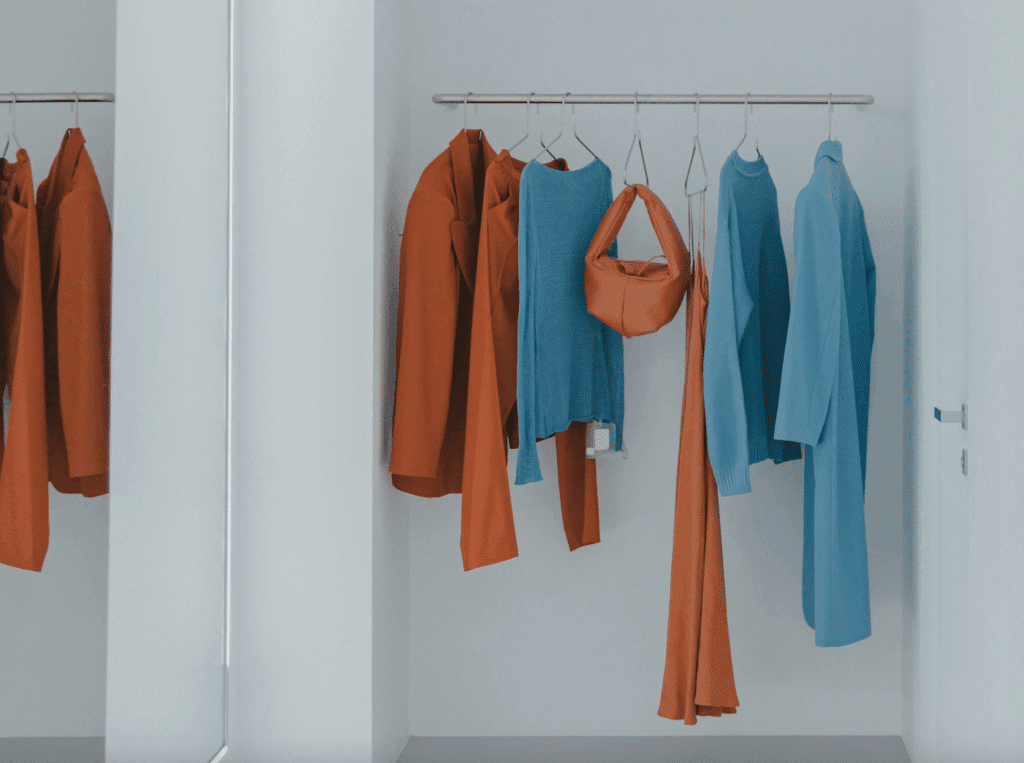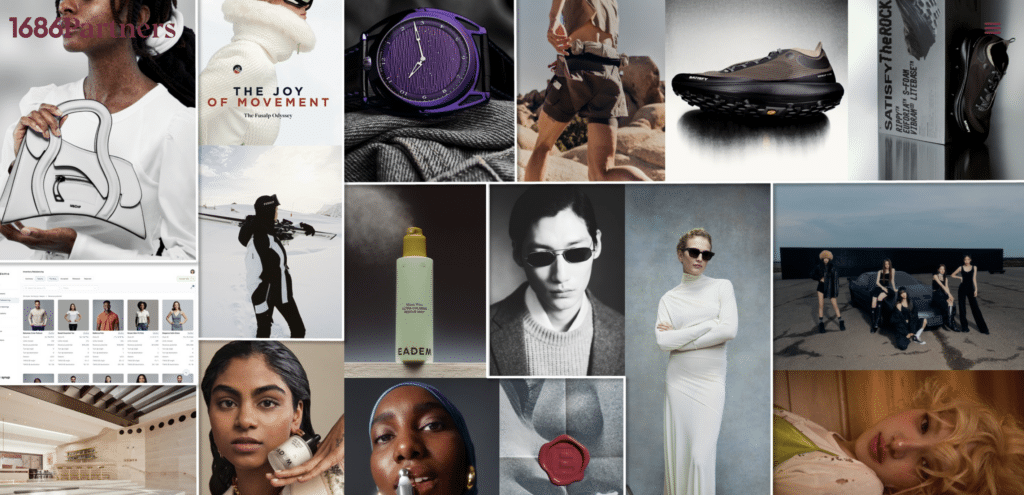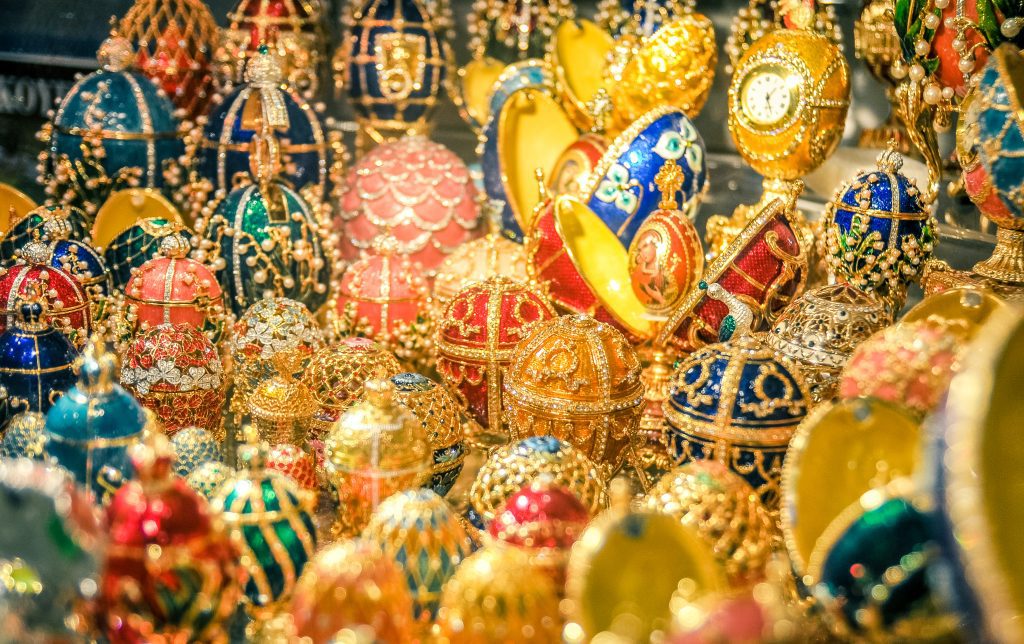Hermès continues to weather the storm of COVID better than its luxury peers. The Paris-based company revealed on Friday that revenue for Q4 was up by 16 percent, exceeding analyst expectations of 8 percent. Responsible for a significant portion of that growth? Sales in Asia, which spiked by 47 percent for the 3-month period ending in December 2020, while growth was flat in the Americas on a year-over-year basis for the quarter, and fell by 10 percent in Europe. The 184-year old Hermès reported revenues of 6.39 billion euros ($7.7 billion) for the year as a whole – down by 6 percent – and touted an increase gross margins to a record 37 percent for the second half of the year even without any of the price increases that rivals have enlisted in recent months.
“The absence of tourists,” which has significantly impacted luxury brands’ sales over the past year, “was offset by the loyalty of our local customers and a strong increase in online sales,” Hermes’ Executive Chairman Axel Dumas stated during a conference call on Friday, specifically mentioning strong sales among local customers in Japan and South Korea. Dumas further confirmed that the company’s e-commerce sales grew by 100 percent or more in all regions, citing the success of new digital platforms rollout in Hong Kong, Macao and South Korea, and “strong growth in digital” in Europe. Interestingly, even as brick-and-mortar stores have reopened, online sales have endured, according to Dumas.
Bernstein analyst Luca Solca touched on surging growth in Asia in a note on Friday, stating that “Hermès benefits from top desirability across borders, and long waiting lists on its iconic products,” and noting that the big “difference” between the Birkin bag-maker and its “weaker peers” – such as LVMH whose sales for fiscal year 2020 dropped by 16 percent, and Gucci-owner Kering, which saw sales slip by 18 percent on a year-over-year basis – is not merely “better performance in Europe (France is down 18.2 percent in Q4).” It is also “a significantly stronger rebound in Asia (APAC excluding Japan is up 47.4 percent in Q4).”
Solca noted in his takeaways from the Q4 earnings call that Hermès’ “senior management is confident regarding the resilience of its business and the high desirability of its products among local customers worldwide.” In terms of what he views as potential downsides for Hermès, he wrote that a potential “failure to convincingly innovate could push Hermès in a ‘classic corner,’ out of synch with younger global luxury consumers,” and that “higher leather goods volumes – as silk declines – could reduce ‘rarity effect,’ perceived exclusivity, and – ultimately – brand desirability long-term.”
On the upside, he asserts that “Hermès benefits from the ability to increase prices, while others suffer a consumer spend swing back from products to experiences, and significantly accelerates growth of the non-leather goods divisions and improves digital engagement; on the back of better traction with younger consumers.”














